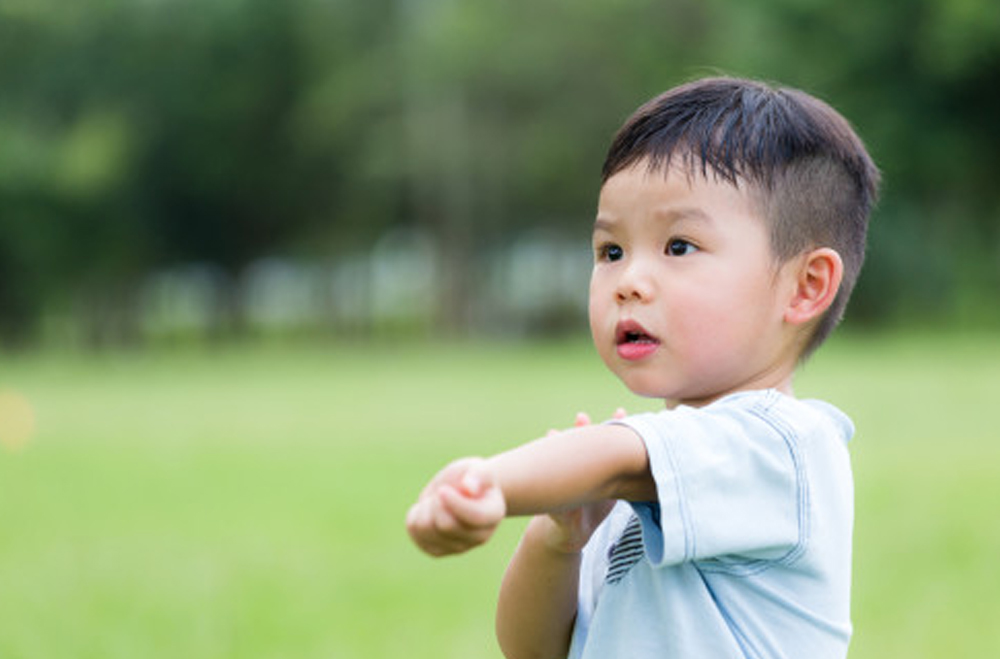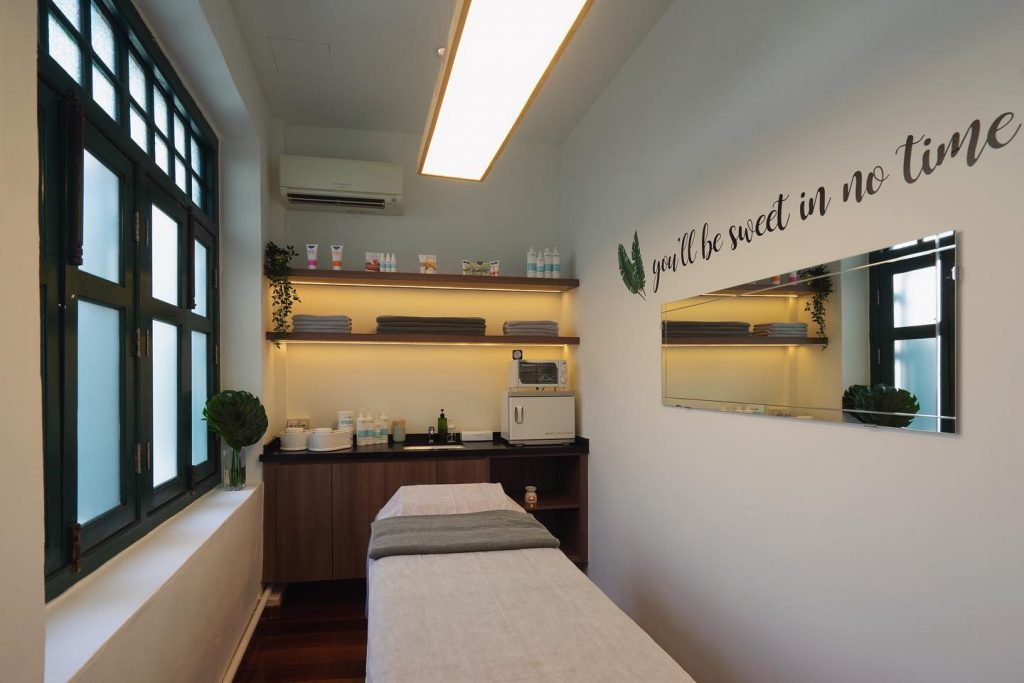With some 10 per cent of infants affected by eczema, skin issues are not uncommon among young children. Dr Lynn Chiam of Children and Adults Skin Hair and Laser Clinic shares more about some of the common skin issues that children in Singapore face and what to do if you suspect your child might have a skin condition.
Mummyfique: What are some of the warning signs that your child might have skin issues?
Dr Chiam: If your child has a rash on their body that constantly waxes and wanes, where there are periods when the skin appears normal and then a severe rash occurs, this may suggest that the rash is a chronic one. You should take notice if the rash gets worse with certain environmental triggers like heat and sweat.
Other warning signs include dry skin or any suggestions that your child has been scratching constantly. This includes scratch marks or darkening of the surrounding skin. Also be on the lookout for any forms of irritation or pain that can be suggested by poor feeding and sleep in young children.
If you spot yellowish crust or red, swollen patches, bring your child to see a doctor as soon as possible as this may indicate that he has a skin infection.
What are some common skin conditions that toddlers face in Singapore?
Atopic eczema
Atopic eczema typically presents itself as a red itchy rash that waxes and wanes, and it is usually triggered by environmental conditions such as heat and sweat. This condition is usually hereditary, where there is a family history of sensitive skin, nose and airways.
If your child has atopic eczema, it is important to moisturise regularly and to use a gentle soap, even when the skin appears normal. When the eczema flares up and the skin becomes red and itchy, your child will need to see a doctor who can prescribe some topical medicine to decrease the inflammation.
Skin infections
Common infections include impetigo, a bacterial infection of the skin, and viral infections such as molluscum contagiosum and warts. The former is treated with oral and/or topical antibiotics, while the latter is treated through freezing, pricking or applying topical creams.
Insect bite reactions
Many children get an exaggerated reaction to insect bites compared to adults. They may develop large tender swelling on their skin or even blisters from an insect bite. Using insect repellent is the best way to prevent it from occurring. Topical steroids and antibiotics are used to treat and limit the extent of the insect bite reaction.
Birthmarks
Certain birthmarks like Mongolian spots are very common, especially among Asian babies. As they typically resolve when the child grows older, there is no need for any treatment in childhood. Infantile haemangioma (a collection of blood vessels that form a lump under the skin), if large enough to cause functional or cosmetic problems, can be treated with oral medicines and lasers. Port-wine stain is another birthmark that looks like a dark red patch on the skin. It should be treated early as it will become darker and thicker with age, and laser treatment is the most effective.
What should I do if I suspect that my child has developed a skin condition?
See a doctor to ascertain the diagnosis and get the appropriate treatment. Avoid bathing your child with hot water as this can make the condition worse. Over washing the skin is also not recommended. As chronic and frequent scratching and rubbing can worsen the skin, make your child wear gloves at night or cover the affected area with appropriate dressings to prevent your child from touching the affected skin.
Dr Lynn Chiam is an accredited dermatologist at Children and Adult Skin, Hair and Laser Clinic and a fellow of the Academy of Medicine (Dermatology), Singapore. She was also previously the head of the Singapore National Skin Centre paediatric dermatology centre and was actively involved in the setting up the Eczema Support Group, where is currently serves as the medical advisor.













